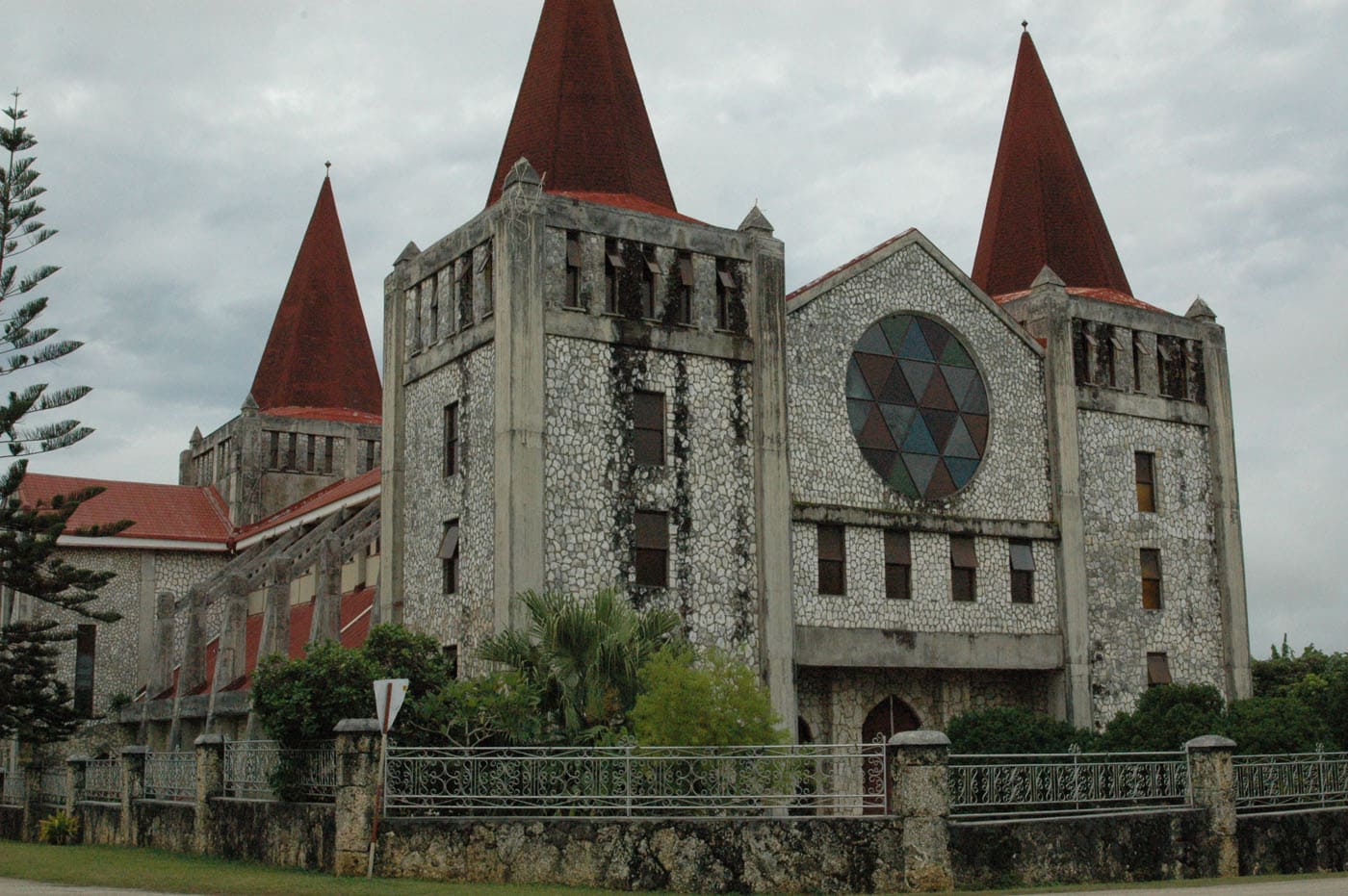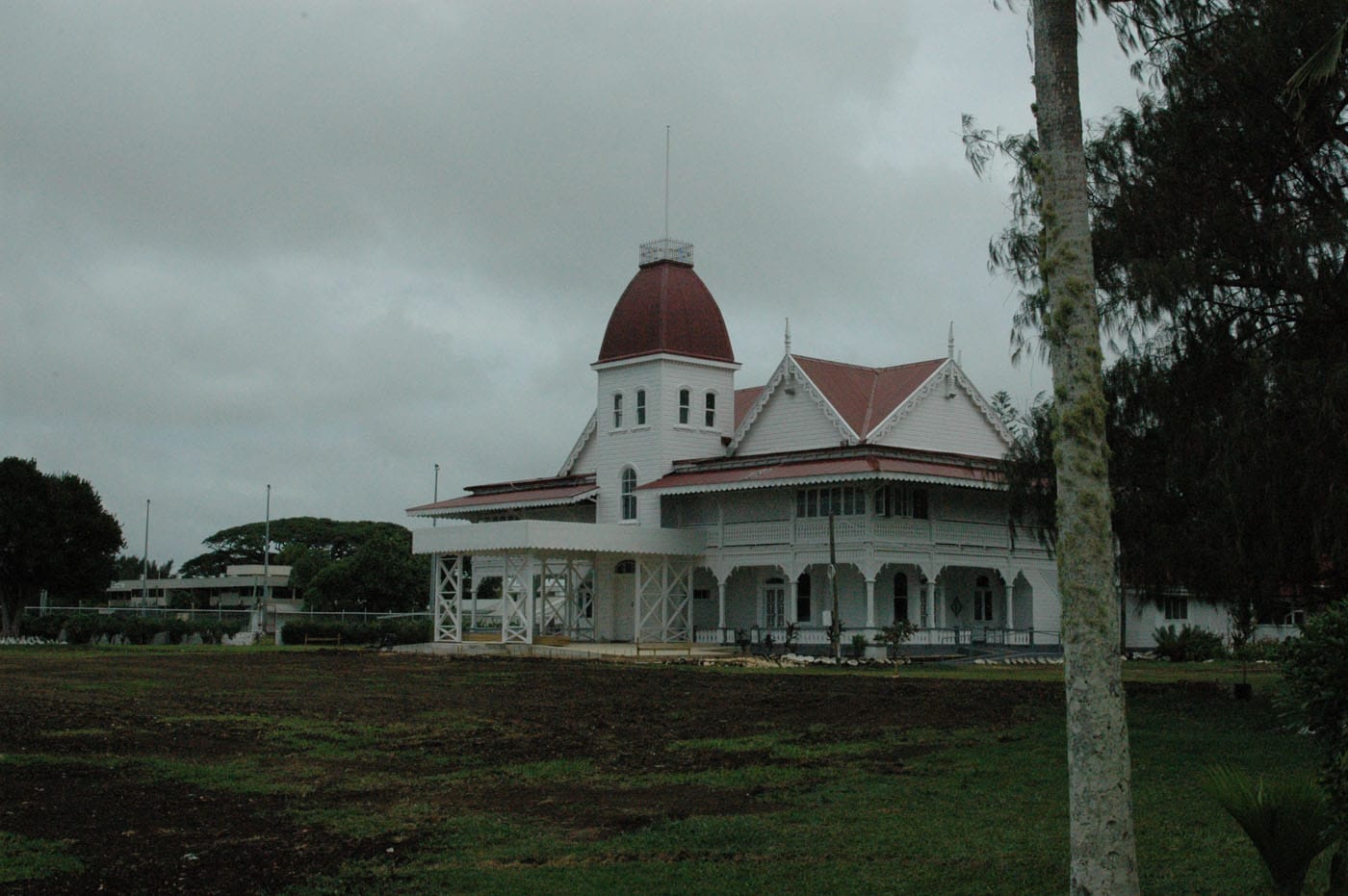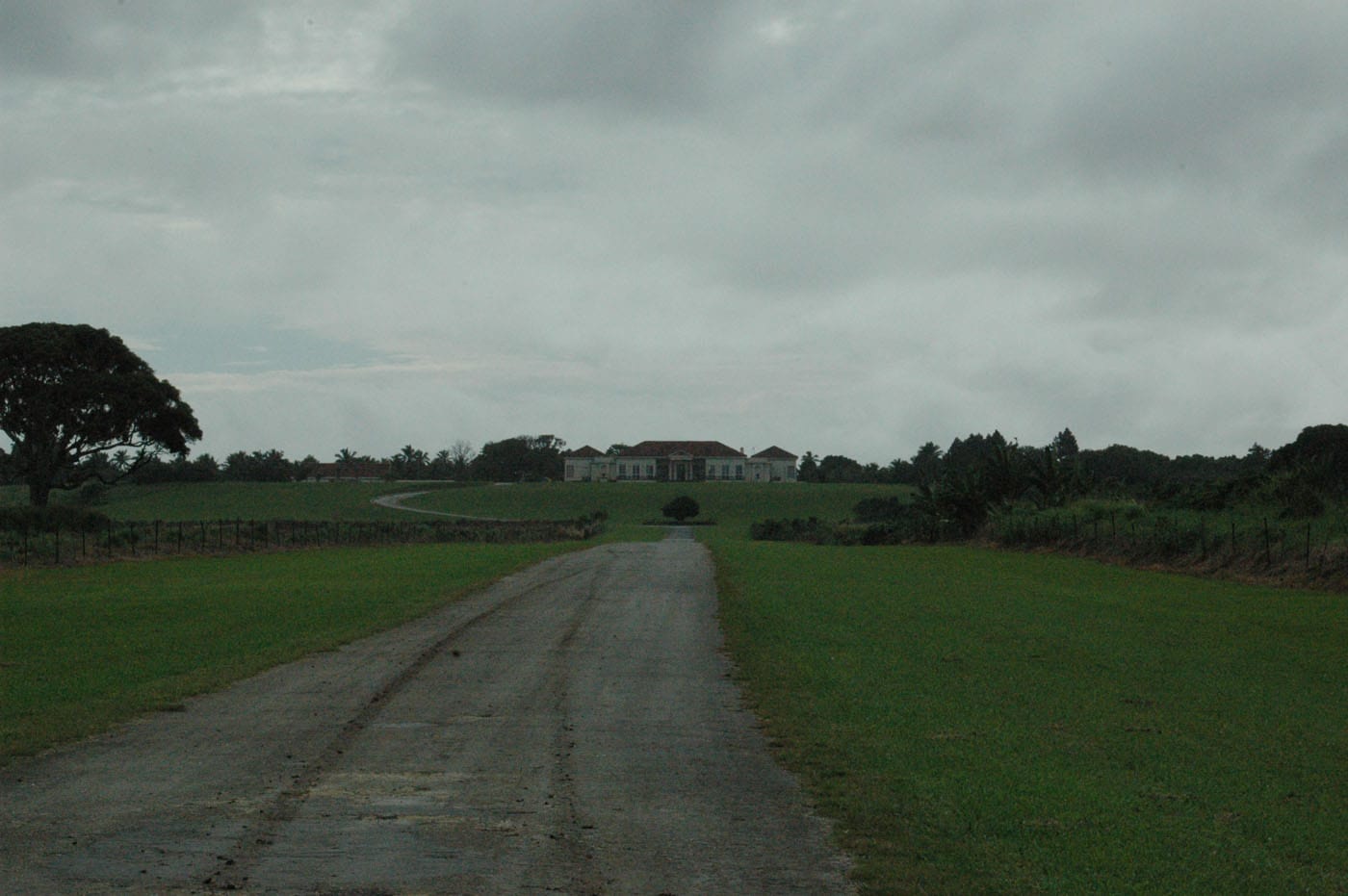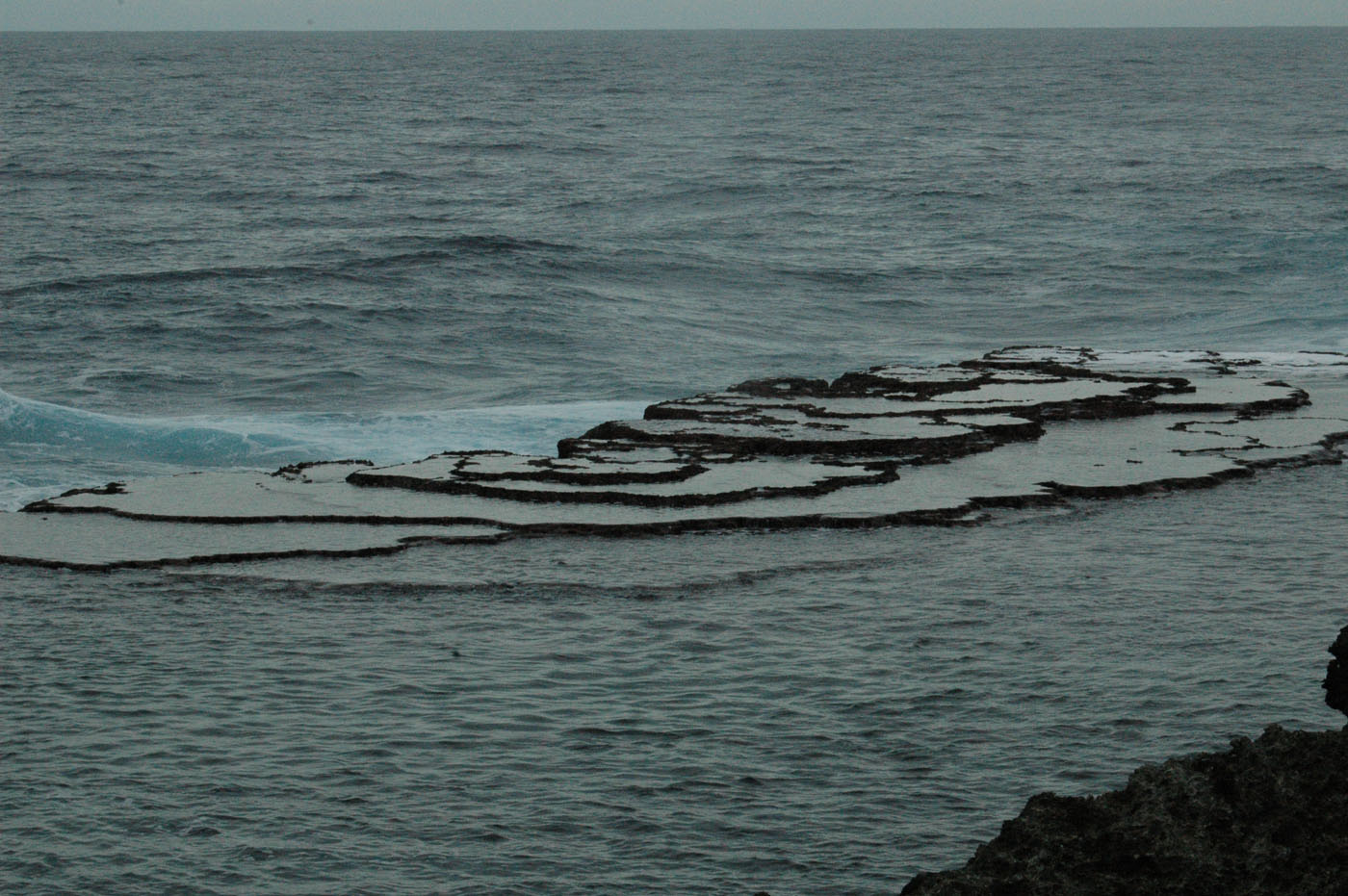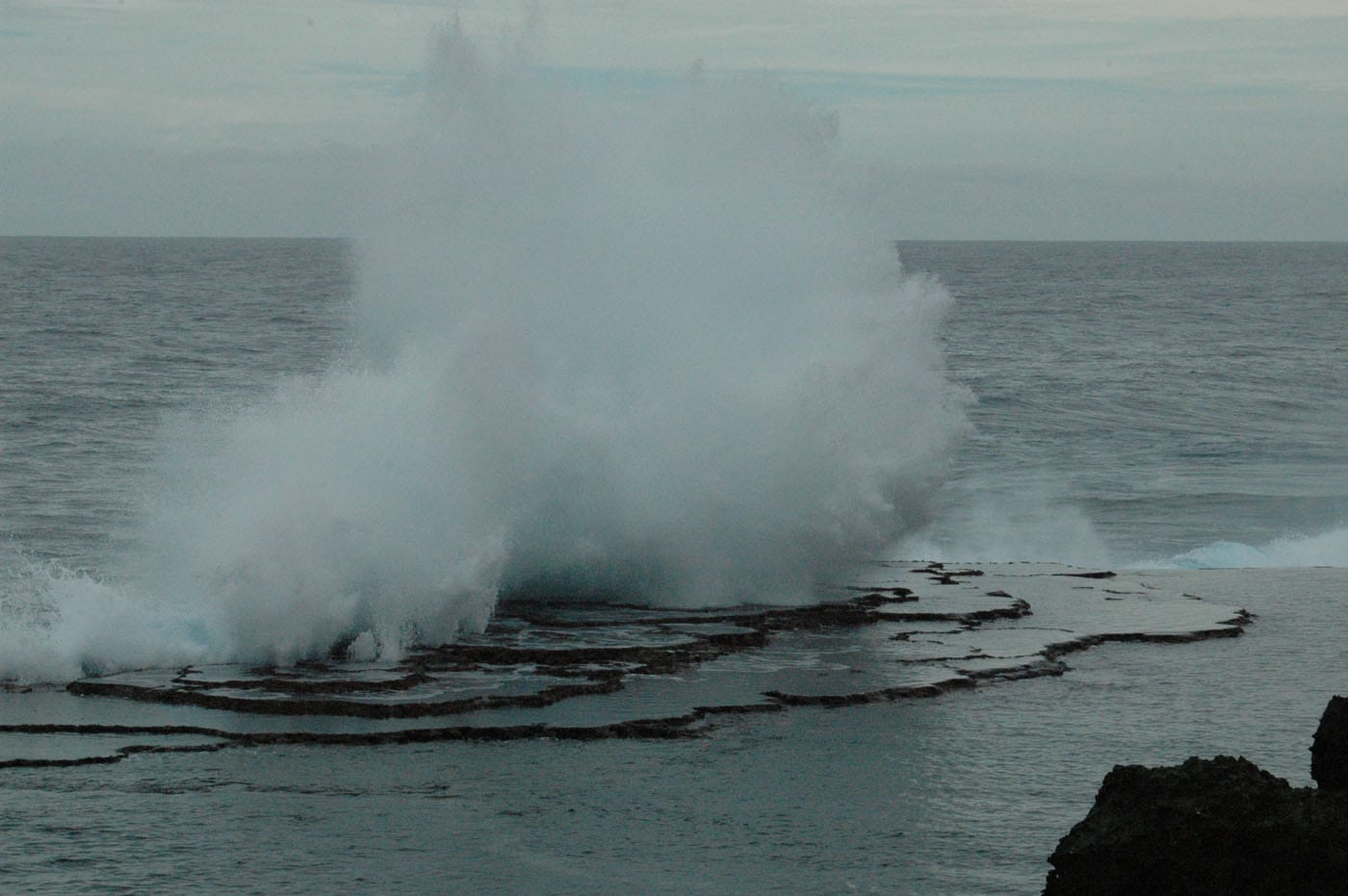Sacred Geographies – Tonga
The kingdom lasting 3000 years
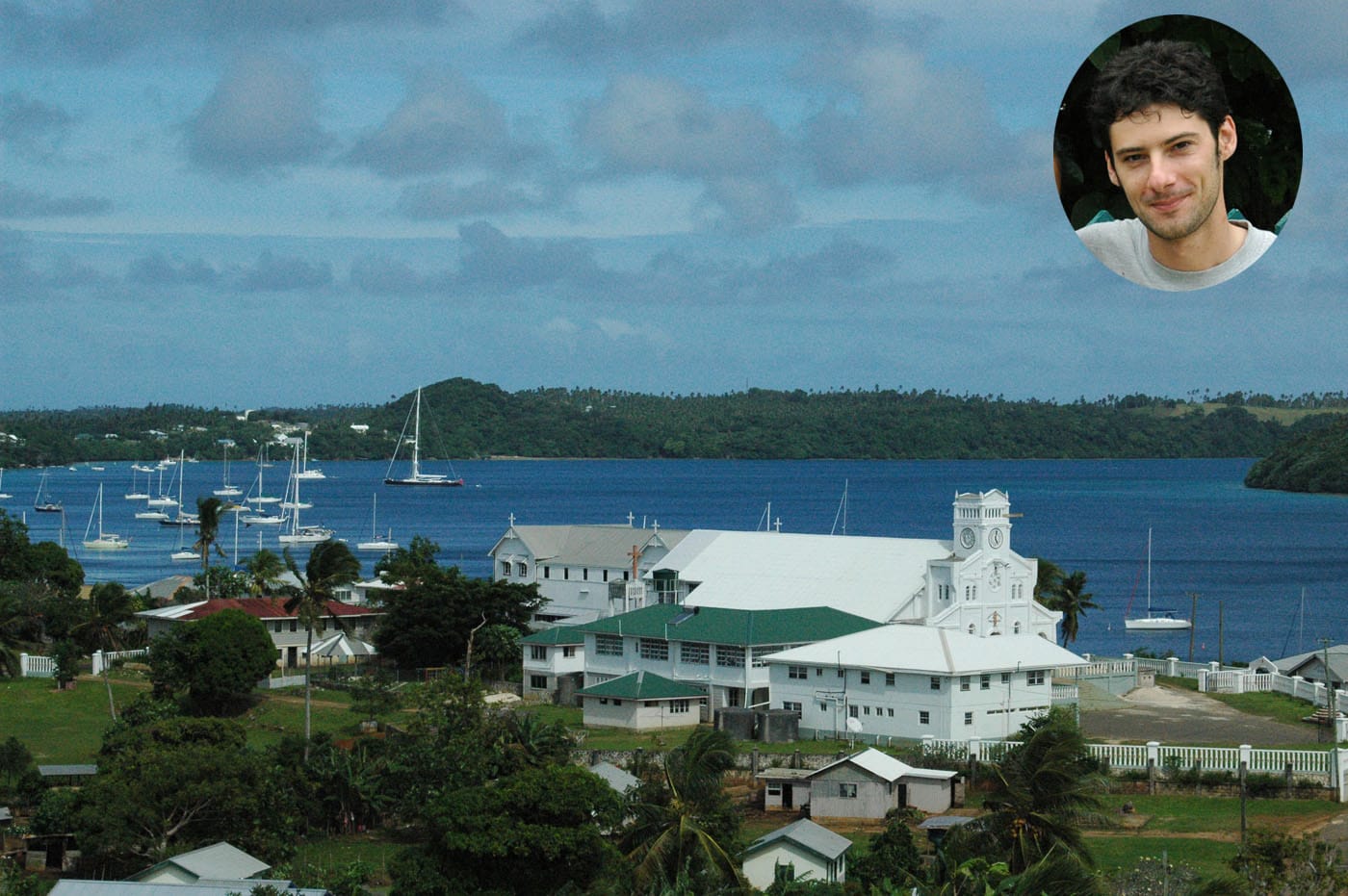
Polynesia was one of the last places on our planet to be settled by humans. In 2008, Prof David Burley of Simon Fraser University in Canada and his team claimed that Tonga was the first group of islands in the region to be settled by the Lapita people about 3,000 years ago by employing a high-precision technique to estimate the age of corals tools that Lapita people used to sculpt and smooth wood and shell surfaces. The Lapita people were a pre-historic culture predating the Polynesians who later populated the islands from Hawaii to Easter Island – clearly showing navigational skills. The ancient capital of Tonga was the city of Mu’a, the name of which may remind of the lost continent of Mu (Atlantis), which today is considered by conventional archaeology to be a mythological place.
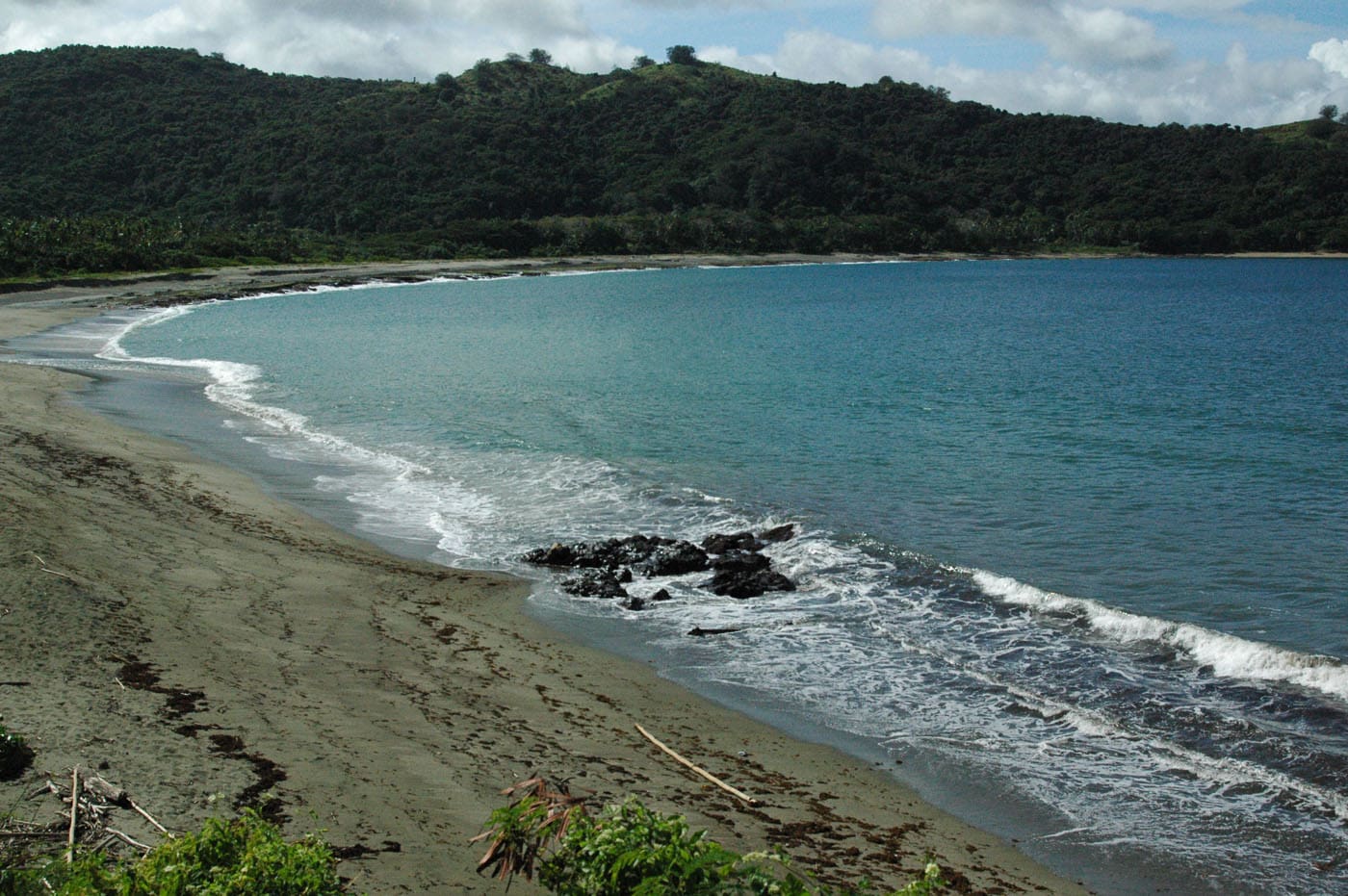
The Tu’i Tonga Empire
The Tu’i Tonga Empire is said to have been formed around the year 950AD. The first Tu’i Tonga (‘Aho’eitu) located his capital (first capital) at the village of Toloa on the island of Tongatapu. The main remaining is a monumental stone architecture comprising of three coral limestone slabs.
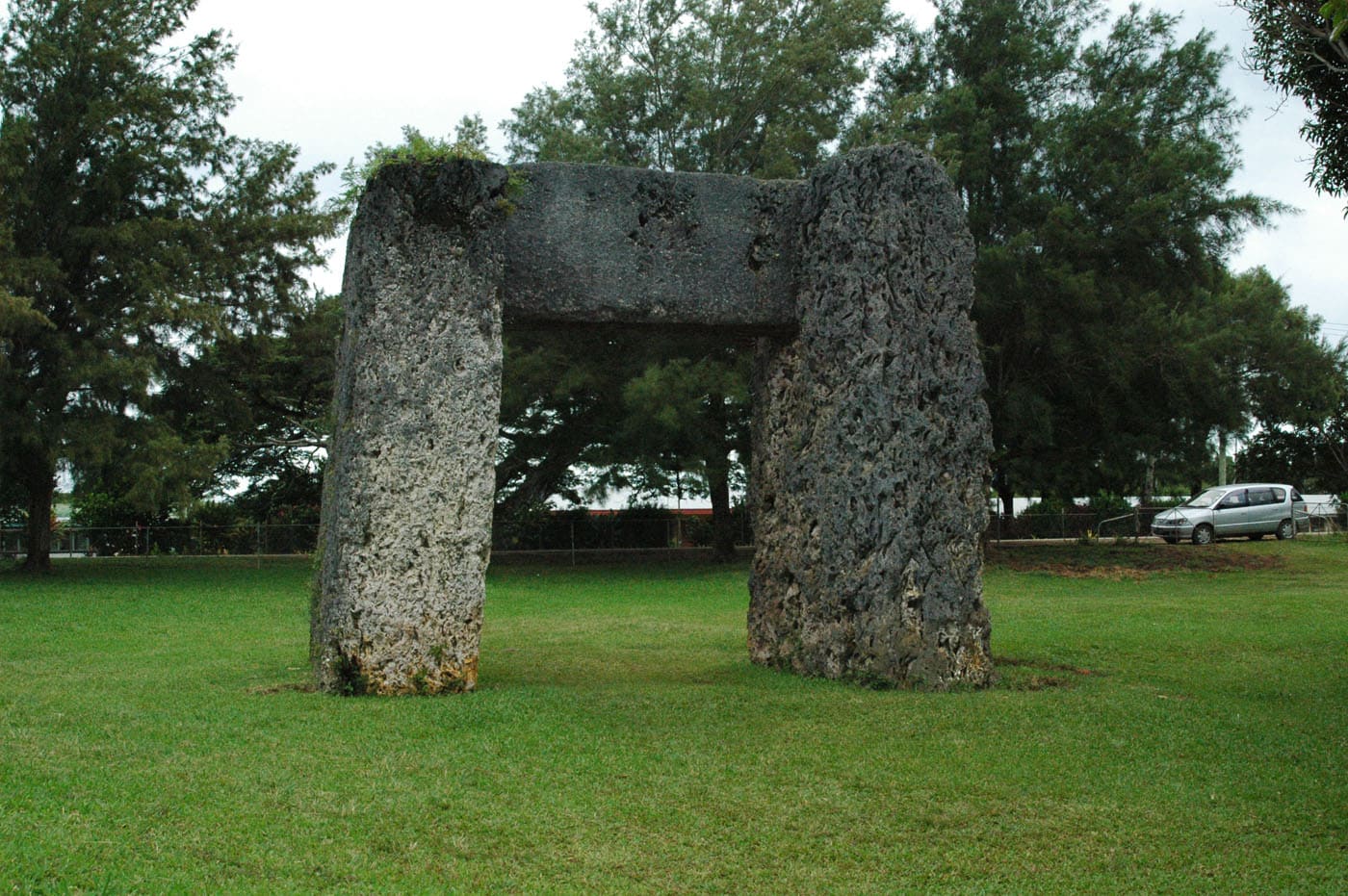
It is estimated that each slab weighs more than 20 tonnes and stands at 6 metres in height. The 11th Tu’i Tonga, Tu’itatui, built the trilithon about 1200AD. There is also a large stone slab known as “Maka Fa’akinanga” about 100 metres from the trilithon, which served as the King’s throne. The King Taufa’ahau Tupou IV, in 1967 hypothesized a relation of the trilithon with the sun, which is extremely significant in Tongan Culture for every day activities. Notches are found carved on the top lintel that indicate (1) the longest day, (2) the shortest day and (3) when the sun is directly above the equinox. The sun rises and sets at exactly the same spot and the Ha’amonga Archway pin points those points on the horizon. The sun equinoxes are the half way points in which the sun rises in accordance with the earth moving north and south. This archway is an entry and departure to the heavens that is observed by navigators, sea going farers, farmers, harvesters, and even the planters are some of the people that utilized the sun clock to assist their existence on earth.
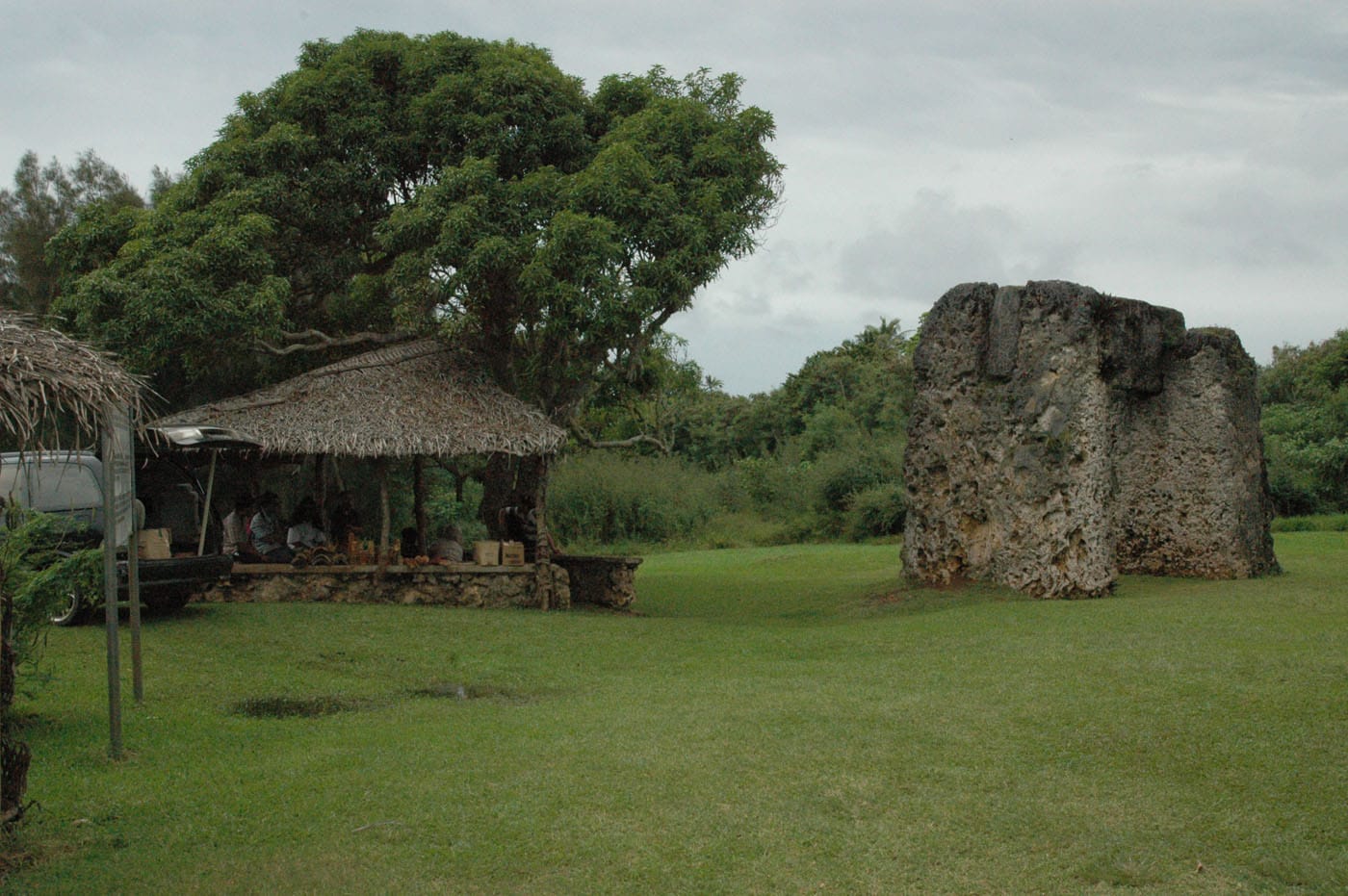
The massive structures of these sites reflect the power and authority of the Tongan Maritime Empire in their scale and materials, and in the organized labour commanded to construct them and in their demonstrable links with other Pacific archipelagoes. Indeed, stone artifacts in Tonga often matched rock samples from Samoa and Fiji — in fact, 66 percent of stone tools analyzed from Tonga were long-distance imports. One tool apparently was made from rock that came from as far away as Tahiti, about 1,550 miles (2,500 km) east of Tongatapu. In contrast, stone tools from a monumental stone mound in Samoa were made from local sources of rock. There are many stone and/or earth monuments in the Pacific Islands that reflect past authority systems including burial sites, ceremonial and meeting sites. These include the Ahu of Rapanui, Marae of Eastern Polynesia (Marquesas, Society Islands) and Nan Madol in Ponape, Micronesia.
The site is an authentic expression of the traditional system of political power that existed in Tonga from the tenth century to the eighteenth century, and continues to exist through the lineage of the present King of Tonga, one of the world’s oldest continuing systems of chiefly or kingly authority.
The Tongan Society
Tongan society is guided by four core values: Fefaka’apa’apa’aki (mutual respect), Feveitokai’aki (sharing, cooperating and fulfilment of mutual obligations), Lototoo (humility and generosity), and Tauhi vaha’a (loyalty and commitment). Family is the central unit of Tongan life. Older persons command the most respect and each family member knows their role. A typical family unit may consist of adopted children, cousins and other distant relatives, alongside siblings and grandparents. Everything is communal, from food to sleeping arrangements.
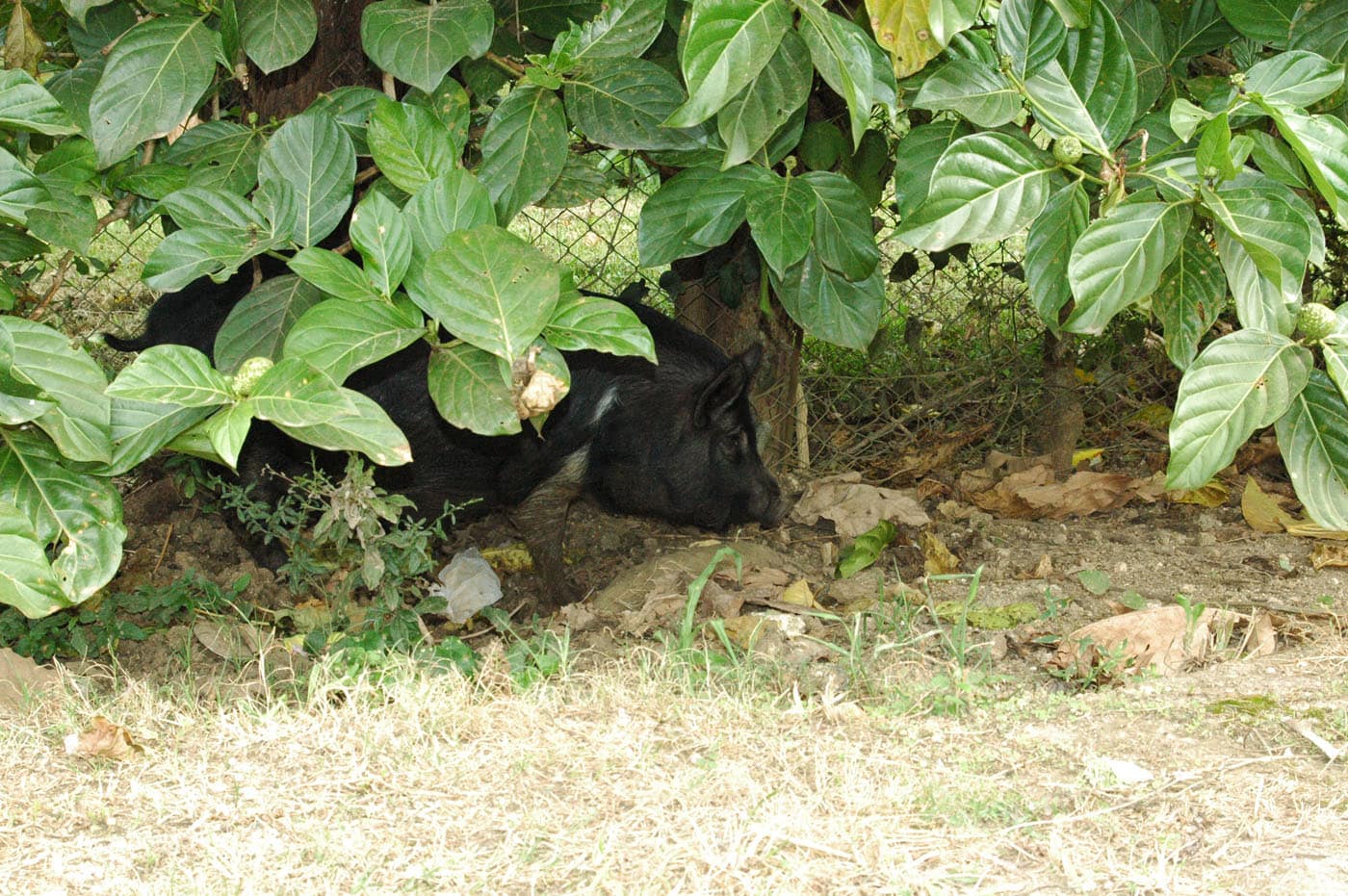
Brothers and sisters always sleep under separate roofs in accordance with the Tongan culture of sibling separation and respect. The two biggest occasions for Tongan families are weddings and funerals, both characterised by the giving of gifts including traditional tapa cloths and woven mats. Today, many Tongans still live in villages, especially in the outer islands, and traditional village life has not changed greatly from earlier days.
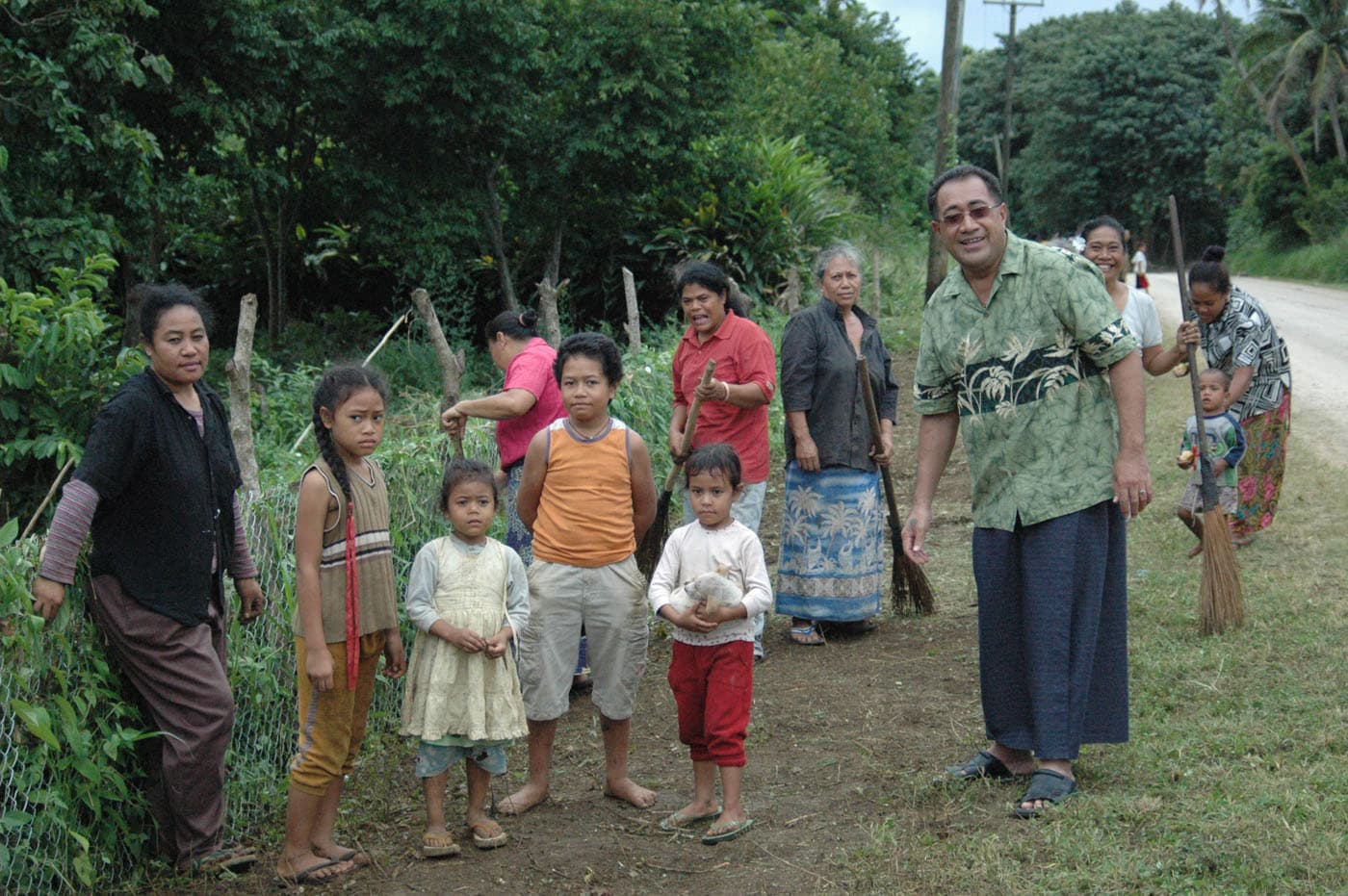
Many traditional practices are still an integral part of village life, making Tonga one of most of the most authentic travellers’ destinations in the South Pacific.
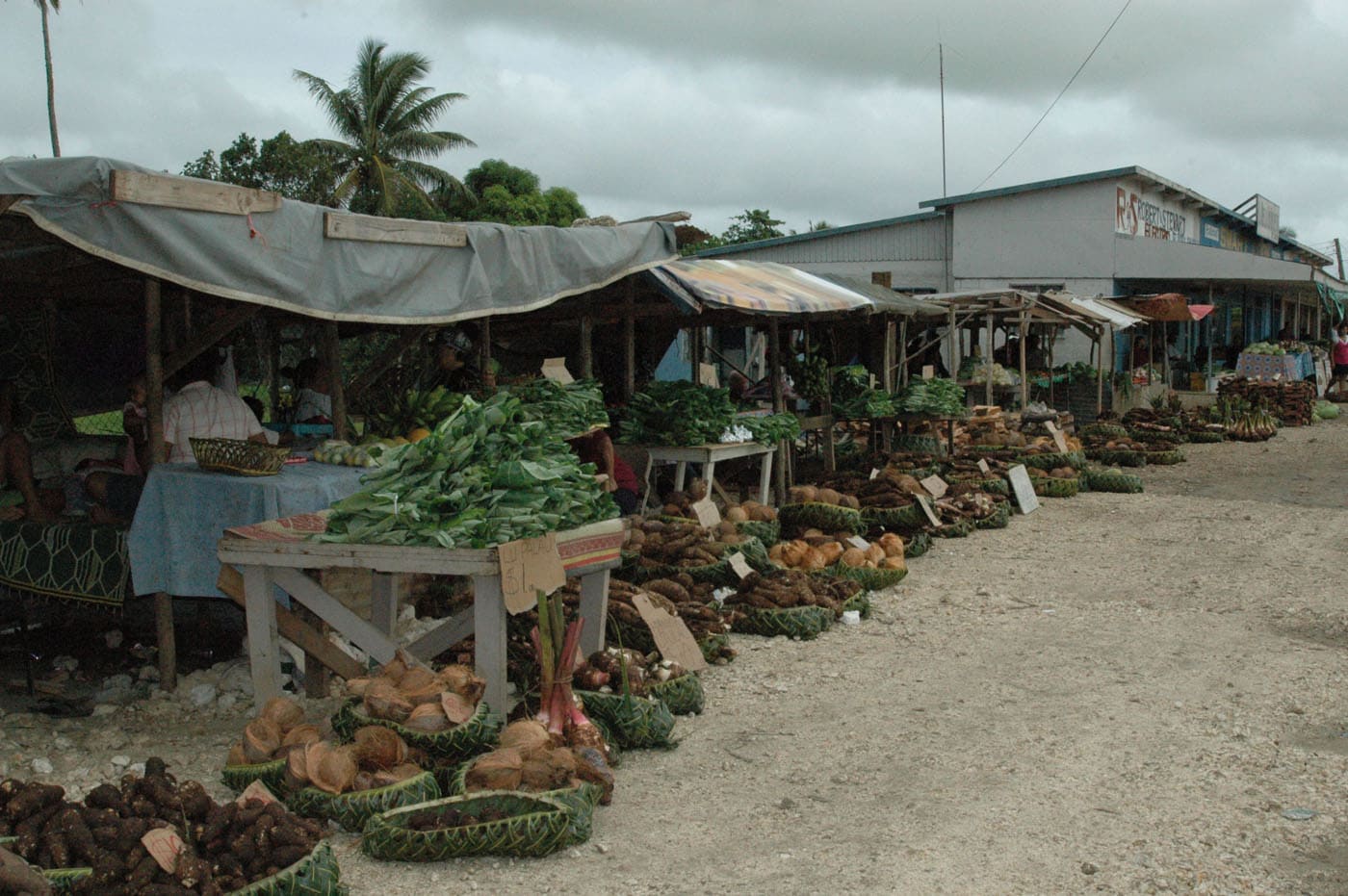
The the dramatic spray of Mapu’a ‘a Vaea Blowholes, a series of natural blowholes in the rocky coastline of Tongatapu, are considered the foreigners greatest attraction by locals. When waves crash into the reef, the water pressure rushes through natural channels of volcanic rock, sending sky-high flume-like geysers soaring into the air seemingly out of nowhere.
References.
Unesco. Retrieved from https://whc.unesco.org/en/tentativelists/5167/
First Polynesian arrived in Tonga around 826 BC. Retrieved from http://www.sci-news.com/archaeology/article00715.html
The Importance of Family. Retrieved from http://www.thekingdomoftonga.com/the-kingdom-today/
